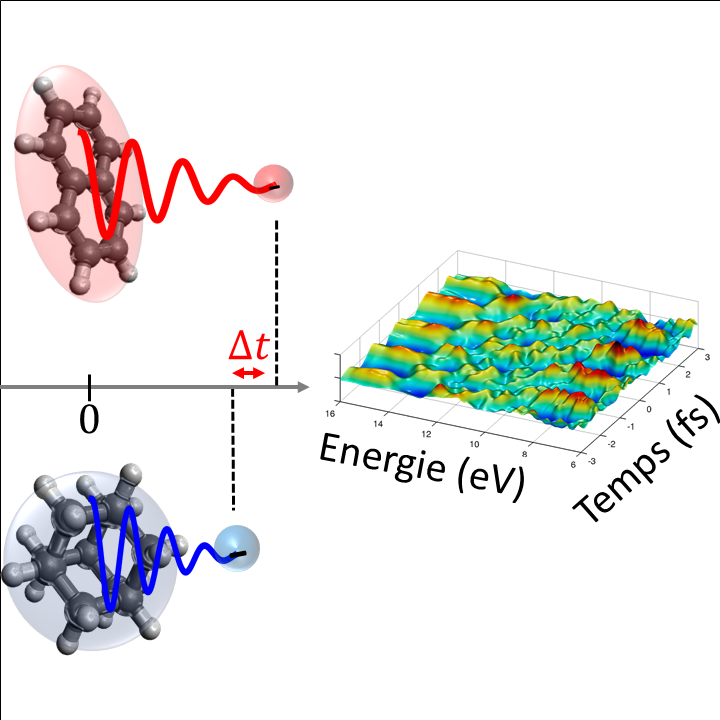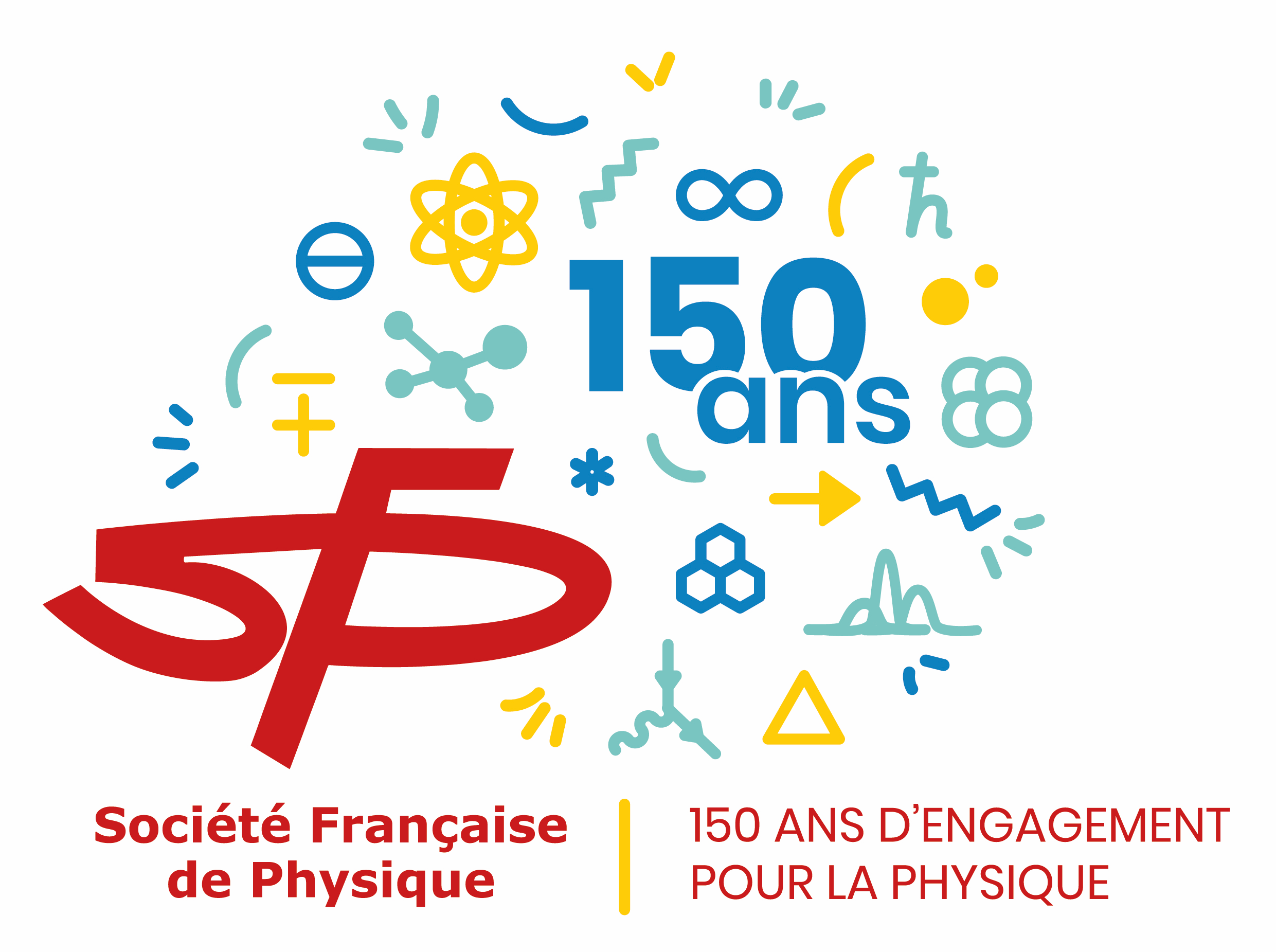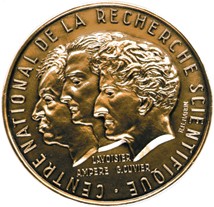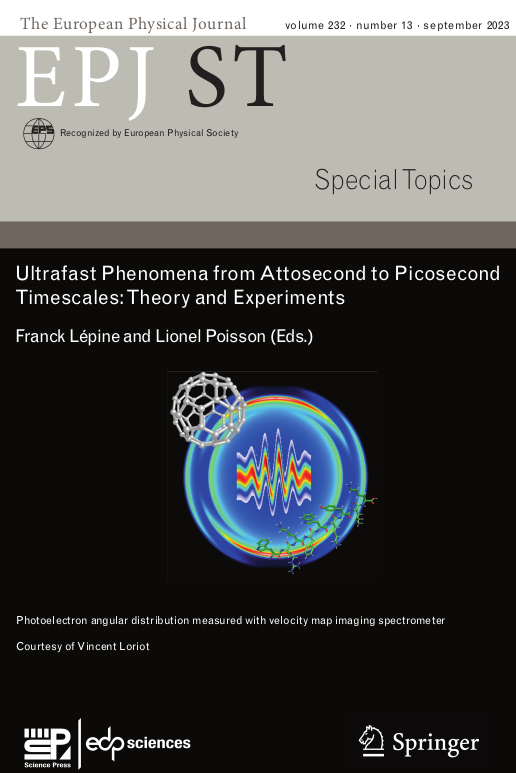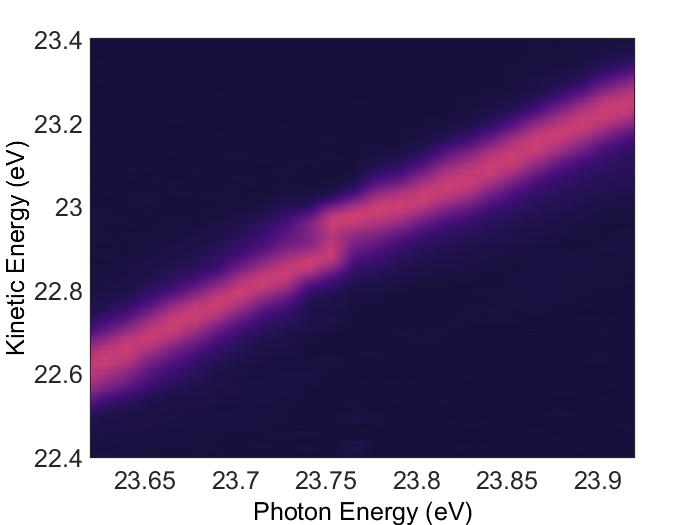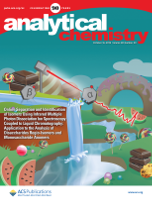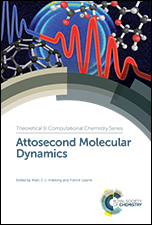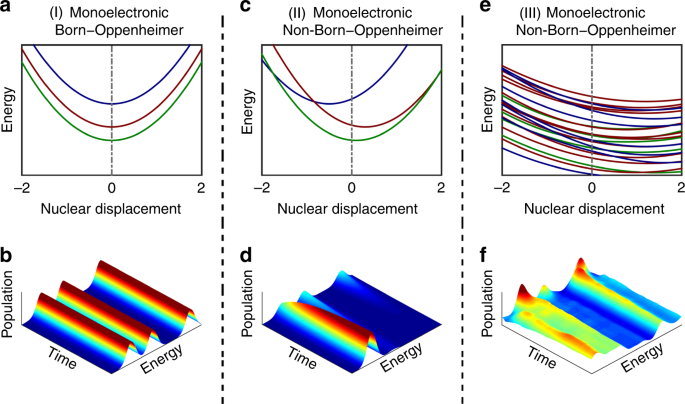Structure & Dynamique Multi-échelle des Édifices Moléculaires
Multiscale Structure & Dynamics of Complex Molecules
Resp : F. LEPINE, I. COMPAGNON
Group leader : F. LEPINE, I. COMPAGNON
Notre équipe s’intéresse à l’étude de la structure et de la dynamique électronique et nucléaire d’édifices moléculaires (Molécules, Biomolécules, Nanostructures) au moyen des outils modernes de la photo-physique. Notre recherche consiste à étudier les dynamiques de charges et d’énergie à l’échelle microscopique que nous pouvons observer à des échelles de temps allant de l’attoseconde (où la dynamique des électrons et des lacunes à l’échelle de l’Angstrom est directement observée), à la microseconde voir milliseconde (où les mécanismes de nature statistique dominent). En parallèle, nous développons de nouvelles approches permettant de déterminer et de comprendre le fonctionnement de structures bio-moléculaires de grande complexité isomérique.
Nos outils expérimentaux sont l’imagerie par cartographie de vitesses d’électrons et d’ions (ou VMI : Velocity Map Imaging) introduit dès les années 90 au laboratoire, la spectrométrie de masse, le piégeage d’ions moléculaires...
Our team is interested in the study of the structure and the electronic and nuclear dynamics of molecular building blocks (Molecules, Biomolecules, Nanostructures) using modern photophysical tools. Our job is to study charge and energy dynamics on a microscopic scale that we can observe at timescales ranging from the attosecond (where the dynamics of electrons and vacancies on the Angstrom scale is directly observed), at the microsecond see millisecond (where the mechanisms of the statistical nature dominate). In parallel, we are developing new approaches to determine and understand the functioning of bio-molecular structures of great isomeric complexity.
Our experimental tools are imaging electron and ion by a Velocity Map Imaging (VMI) introduced in the laboratory in the 90s, mass spectrometry, molecular ion trapping ...
Ces études sont réalisées au moyen de sources de lumières très variées:
These studies are carried out using a wide variety of light sources:
- Impulsions UVX attosecondes et femtosecondes Attosecond and femtosecond UVX pulses
- Impulsions femtosecondes intenses et CEP stables Intense femtosecond pulses with CEP stablity
- Lasers nanosecondes mid-IR accordablesTunable mid-IR nanosecond lasers
- Lasers à électrons libres du lointain IR à l'UVXFar IR free electron lasers at UVX
V. Loriot et al. Nature Physics (2024)
S. Nandi et al. Nature (2022)
M. Hervé et al. Nat. Physics (2020)
A. Marciniak et al. Nat. Comm. (2019)
A. Marciniak et al. Nat. Comm. (2015)
F. Lépine et al. Nature Photonics (2014)
Ch. Neidel et al. Phys. Rev. Letts. (2013)
G. Sansone et al. Nature (2010)
B. Schindler et al. Anal. Chem. (2018)
B. Schindler et al. Nat. Comm. (2017)
Projets en cours:
Current projects:

Cohérence quantique dans les systèmes à N-corps
Quantum coherence in N-body systems
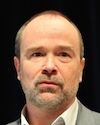
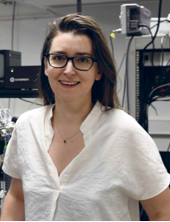
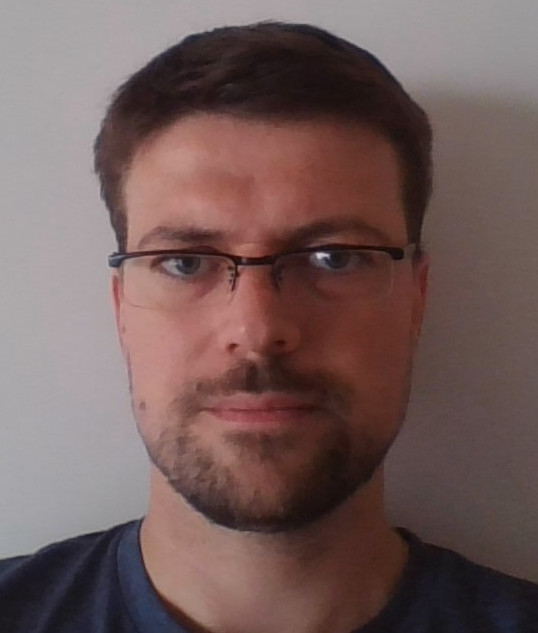

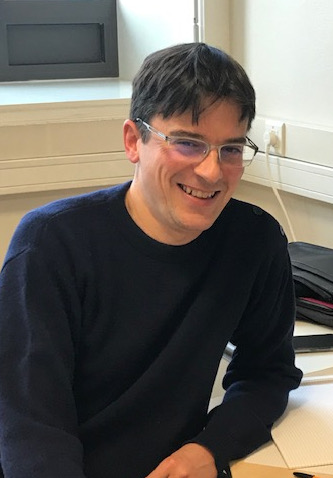
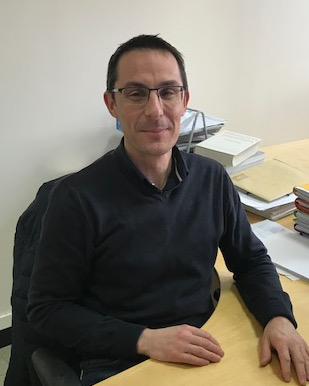

Actualités :
News :
Photoionization as a half-scattering process is not instantaneous. Usually, time delays in photoionization are on the order of tens of attoseconds. In going from a single atom to a nano-object, one can expect the delay to increase, since the photoelectron scatters over a larger distance. Here we show that this intuition is not correct when comparing three-dimensional and planar molecules. Using attosecond interferometry, we find that the time delays in two-dimensional (2D) carbon-based molecules can be significantly shorter than those of three-dimensional counterparts. The measured time delay carries the signature of the spatial distribution of the 2D hole created in the residual molecular cation, allowing us to obtain its dimensions with angstrom accuracy. Our results demonstrate that the photoionization delay depends on the symmetry and shape of the created hole, as we show by identifying a quadrupole contribution in the measured delay of 2D molecules.
See the News in the CNRS-Physics, ILM, AstroPAH
Voir l'information sur CNRS-Physique, ILM, AstroPAH
CNRS Bronze Medal 2023 attributed to Saikat Nandi
La médaille de bronze du CNRS 2023 est attribuée à Saikat Nandi
See the News in the CNRS webpage
Voir l'information sur la page du CNRS
The European Physical Journal Special Topics: Ultrafast Phenomena from attosecond to picosecond timescales: theory and experiments
Issue editors: Franck Lépine & Lionel Poisson
Ultrafast science aims to study and control out-of-equilibrium properties of matter at microscopic length scales. With impressive developments, ultrafast technologies allow the investigation of particle and quasiparticle dynamics, energy flux, as well as structural and phase transformations with picosecond, femtosecond, or even attosecond resolution. Initially confined to model systems and ultraviolet (UV)–visible–infrared (IR) radiation, the ultrafast community has grown considerably and pushed the frontiers of understanding of the inner workings of matter, investigating increasingly complex objects (biomolecules and quantum materials), supported by the development of new, high-performance ultrafast probes (X-rays, attosecond pulses, THz effects, electron beams, and ultra-intense femtosecond pulses). This special issue is dedicated to the research activity of the French scientific network on ultrafast phenomena (GDR UP no. 3754). GDR UP gathers all the French teams interested in ultrafast phenomena, in all phases of matter, and covers both experimental and theoretical aspects.
Nature : Observation of Rabi dynamics with a short-wavelength free-electron laser.
Rabi oscillations are periodic modulations of populations in two-level systems interacting with a time-varying field. They are ubiquitous in physics with applications in different areas such as photonics, nano-electronics, electron microscopy and quantum information. While the theory developed by Rabi was intended for fermions in gyrating magnetic fields, Autler and Townes realized that it could also be used to describe coherent light–matter interactions within the rotating-wave approximation. Although intense nanometre-wavelength light sources have been available for more than a decade, Rabi dynamics at such short wavelengths has not been directly observed. Here we show that femtosecond extreme-ultraviolet pulses from a seeded free-electron laser can drive Rabi dynamics between the ground state and an excited state in helium atoms. The measured photoelectron signal reveals an Autler–Townes doublet and an avoided crossing, phenomena that are both fundamental to coherent atom-field interactions. Using an analytical model derived from perturbation theory on top of the Rabi model, we find that the ultrafast build-up of the doublet structure carries the signature of a quantum interference effect between resonant and non-resonant photoionization pathways. Given the recent availability of intense attosecond and few-femtosecond extreme-ultraviolet pulses, our results unfold opportunities to carry out ultrafast manipulation of coherent processes at short wavelengths using free-electron lasers.News in : INP, News ILM, Elettra-News
Nature Physics : Ultrafast dynamics of correlation bands following XUV molecular photoionization
Modern ultrashort X-ray/XUV (extreme ultraviolet) sources provide unique opportunities to investigate the primary reactions of matter upon energetic excitation. Understanding these processes in molecules on ultrafast timescales is required to improve bespoke high-energy radiation detectors, nanomedicine schemes or to study the molecular composition of interstellar media. However, current experiments struggle to provide a general framework because of the uniqueness and complexity of each system. Here we show the universal role of correlation bands-features created by electron correlation. This is done by studying ultrafast energy relaxation of size-scalable two-dimensional molecules following ionization by an ultrashort XUV pulse. We observed long lifetimes that nonlinearly increase with the number of valence electrons. A general law based on solid-like electron–phonon scattering is proposed, which explains both our results and previously reported measurements. This offers new opportunities in attosecond science and high-energy photophysics.
Analytical Chemistry
Online Separation and Identification of Isomers Using Infrared Multiple Photon Dissociation Ion Spectroscopy Coupled to Liquid Chromatography: Application to the Analysis of Disaccharides Regio-Isomers and Monosaccharide Anomers.
Book : "Attosecond Molecular Dynamics"
Attosecond science is a new and rapidly developing research area in which molecular dynamics are studied at the timescale of a few attoseconds.Within the past decade, attosecond pump–probe spectroscopy has emerged as a powerful experimental technique that permits electron dynamics to be followed on their natural timescales. With the development of this technology, physical chemists have been able to observe and control molecular dynamics on attosecond timescales. From these observations it has been suggested that attosecond to few-femtosecond timescale charge migration may induce what has been called “post-Born-Oppenheimer dynamics”, where the nuclei respond to rapidly time-dependent force fields resulting from transient localization of the electrons. These real-time observations have spurred exciting new advances in the theoretical work to both explain and predict these novel dynamics.
This book presents an overview of current theoretical work relevant to attosecond science written by theoreticians who are presently at the forefront of its development. It is a valuable reference work for anyone working in the field of attosecond science as well as those studying the subject.
Nature Communication : Electron correlation driven non-adiabatic relaxation in molecules excited by an ultrashort extreme ultraviolet pulse"
The many-body quantum nature of molecules determines their static and dynamic properties, but remains the main obstacle in their accurate description. Ultrashort extreme ultraviolet pulses offer a means to reveal molecular dynamics at ultrashort timescales. Here, we report the use of time-resolved electron-momentum imaging combined with extreme ultraviolet attosecond pulses to study highly excited organic molecules. We measure relaxation timescales that increase with the state energy. High-level quantum calculations show these dynamics are intrinsic to the time-dependent many-body molecular wavefunction, in which multi-electronic and non-Born−Oppenheimer effects are fully entangled. Hints of coherent vibronic dynamics, which persist despite the molecular complexity and high-energy excitation, are also observed. These results offer opportunities to understand the molecular dynamics of highly excited species involved in radiation damage and astrochemistry, and the role of quantum mechanical effects in these contexts.
J. Phys. Chem. Lett. : On-the-Fly Femtosecond Action Spectroscopy of Charged Cyanine Dyes: Electronic Structure versus Geometry
Understanding optical properties of molecular dyes is required to drive progress in molecular photonics. This requires a fundamental comprehension of the role of electronic structure, geometry, and interactions with the environment in order to guide molecular engineering strategies. In this context, we studied charged cyanine dye molecules in the gas phase with a controlled microenvironment to unravel the origin of the spectral tuning of this class of molecules. This was performed using a new approach combining femtosecond multiple-photon action spectroscopy of on-the-fly mass-selected molecular ions and high-level quantum calculations. While arguments based on molecular geometry are often used to design new polymethine dyes, we provide experimental evidence that electronic structure is of primary importance and hence the decisive criterion as suggested by recent theoretical investigations.


















